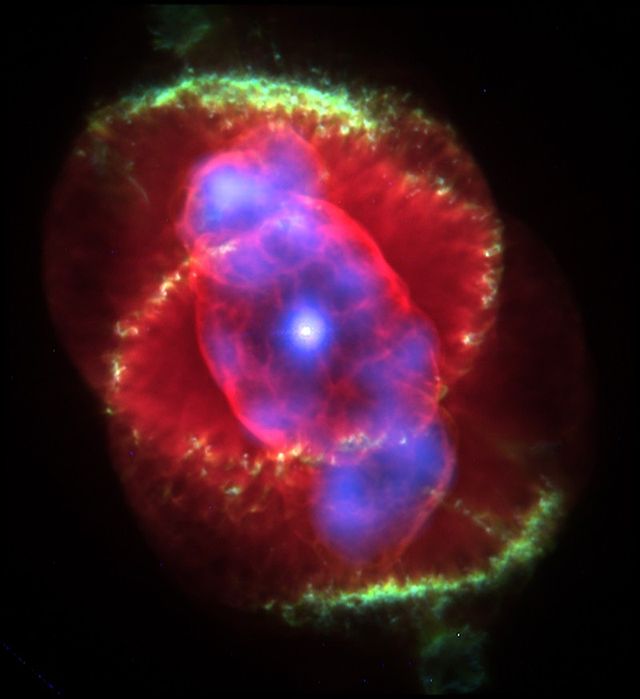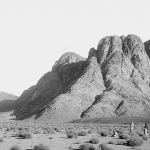
A fascinating article in the 18 October 2014 issue of The Economist (“Astrobiology: Bolts from the Blue”) reported on a then-recent article by Tsvi Piran of the Hebrew University of Jerusalem and Raul Jimenez of the University of Barcelona.
Studying the frequency of gamma-ray bursts (GRBs) in the universe, they suggested that life could not have developed anywhere in the cosmos much before it arose on earth. The universe simply wasn’t yet ready for it. And they also suggested that our own galaxy’s “high metallicity” may have made it exceptionally amenable to life.
This is a very thought-provoking idea, and I need to ruminate on it a bit and to see how well it has stood up since then. But I can certainly see how Intelligent Design theorists might run with it, as also those astronomers who’ve written books bearing titles such as Rare Earth and Privileged Planet.
***
In an interesting article in the December 2014 issue of Scientific American, Dr. Kathryn V. Johnston, who chaired the Department of Astronomy at Columbia University at the time, introduced the field — new to me, anyway — of “galactic archaeology.”
It seems that, over the past several billion years, our galaxy has, through its gravitational power, acquired (or devoured) smaller “dwarf” galaxies in its neighborhood. Moreover, although to a lesser degree (since most neighboring objects have already been consumed), such cannibalizing seems to be continuing at this very moment (or eon), as neighboring minor galaxies are stripped of their stars.
In the process, before it’s complete, “star streams” are created, and these are the clues that astronomers have used to identify the traces of once-separate galaxies. In the future, they may be able to detect distinctive chemical signatures that will help them to identify foreign stellar interlopers.
These discoveries allow scientists to reconstruct, much more accurately than only a few years ago, the early history of our galaxy and, by extrapolation, the likely histories of similar spiral galaxies throughout the universe.
***
“As we survey all the evidence, the thought insistently arises that some supernatural agency — or, rather, Agency — must be involved. Is it possible that suddenly, without intending to, we have stumbled upon scientific proof of the existence of a Supreme Being? Was it God who stepped in and so providentially crafted the cosmos for our benefit?” (George Greenstein, Sidney Dillon Professor of Astronomy at Amherst College, in his book The Symbiotic Universe [New York: William Morrow, 1988], 27.)











